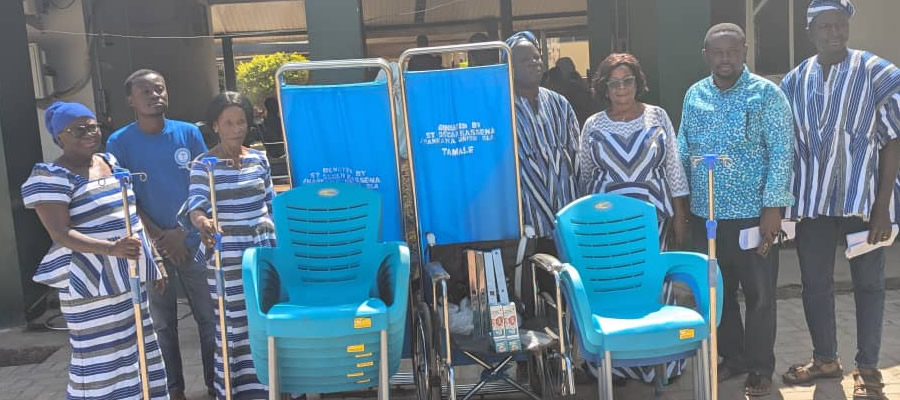

Extraction
The most common form of extractive activities in the Municipality are sand and clay mining whilst on few occasions, there occurs some quarrying although much rock-piles exist.
Sand and clay mining activities are basically meant to satisfy domestic and other related informal needs such as putting up of housing structures for the homes. Others go in to gather raw materials for pottery and other artifacts production.
Quarrying activities are carried out on a small scale. Although the Assembly abounds in rock-piles, most of these resources are left untouched. Few settlements harvest them and in turn, sell to contractors as chippings. Most quarry products used for road construction activities in the are acquired elsewhere.
Secondary Sector
Formal Manufacturing Industry
Formal manufacturing industrial activities do not exist in the Kassena-Nankana ast. However, small-scale entrepreneurial activities dominate the entire industrial scene of the Municipality. It forms about 8.5 per cent of the economic activities .
Small-Scale Informal Industry
Small-scale informal industrial activities account for the industrial revenue and its associated employment. The activities involved in the sub-sector’s domain include small-scale agro-processing such as fibre, cotton, groundnuts, shea fruits, dawadawa, rice, among others and small-scale construction works.
The sub-sector’s activities offer value adding opportunities to the raw agricultural produce as well as offer coping mechanism to majority of the poor in the Municipality, particularly during the off-farming season periods.
Due to stress caused by poverty some people would, in the absence of such employment opportunities from the small-scale activities, migrate to the southern regions in search of non-existing jobs or stay behind and sometimes indulge in activities detrimental to the District in the long run, vis-à-vis its socio-economic development.
Tertiary Sector
Generally, the service/tertiary sector activities contribute about 32 per cent of total employment . Apart from the sector’s activities regarding the aggregation of the economy’s GDP and employment generating indices, the services from this sector complement, extend and consequently, add value to the outputs gotten from the primary sector’s activities, e.g., telecommunication. In effect, these services do not only generate revenue but also fill in the livelihood gaps left after agricultural activities impact.
Details on each of the service/tertiary components are discussed in the foregoing issues. Activities whose issues are captured include Trading/Commerce, Private Services, Transportation, Postal and Telecommunication Services, Markets and Marketing, Storage, Banking and other credit institutions, Tourism, the Hospitality Industry, Energy, Law Enforcement and Judiciary.
Trading and Commerce
Trading and commercial activities revolves around mainly foodstuffs, semi-processed food and craft items etc. These items are sold in the local markets as well as outside the Municipality with some specialized ones meant for the international market though on a small-scale.
About 95 per cent of those engaged in these activities are women. Foodstuffs traded include millet, sorghum, cowpea, groundnuts and rice. Other items including cassava, gari, palm fruits, plantain, citrus fruits are mainly from southern Ghana, with Techiman being the main point of purchase. The processed items include baobab powder, sheabutter, dawadawa, milled products from maize, millet, groundnut extracts including ‘kulikuli’, processed malt for the pito drink (i.e., locally brewed beer), woven items including smocks, hats, baskets, pottery products and locally made ceramics for domestic use are also traded in the markets.
Date Created : 11/21/2017 2:09:50 AM











 facebook
facebook
 twitter
twitter
 Youtube
Youtube
 +233 593 831 280
+233 593 831 280 0800 430 430
0800 430 430 GPS: GE-231-4383
GPS: GE-231-4383 info@ghanadistricts.com
info@ghanadistricts.com Box GP1044, Accra, Ghana
Box GP1044, Accra, Ghana